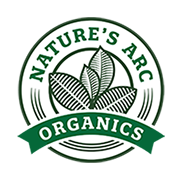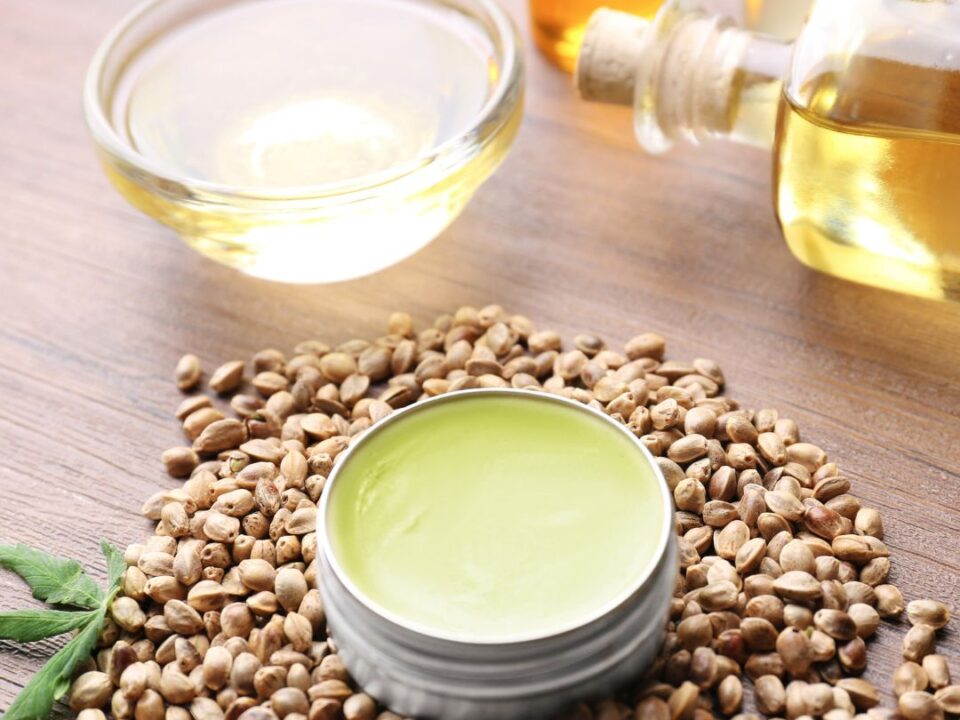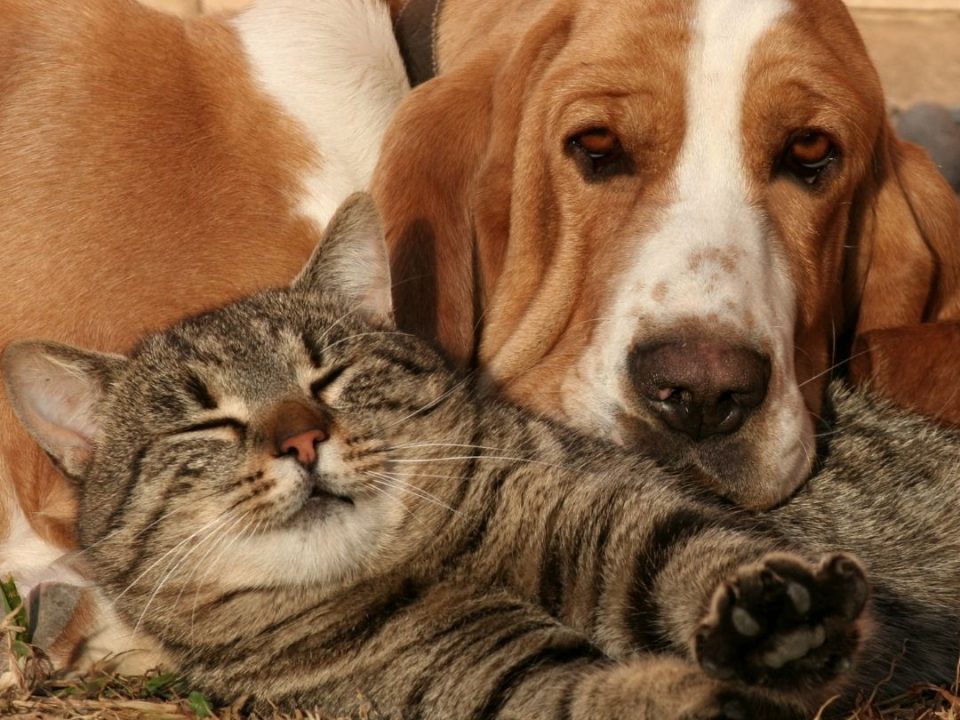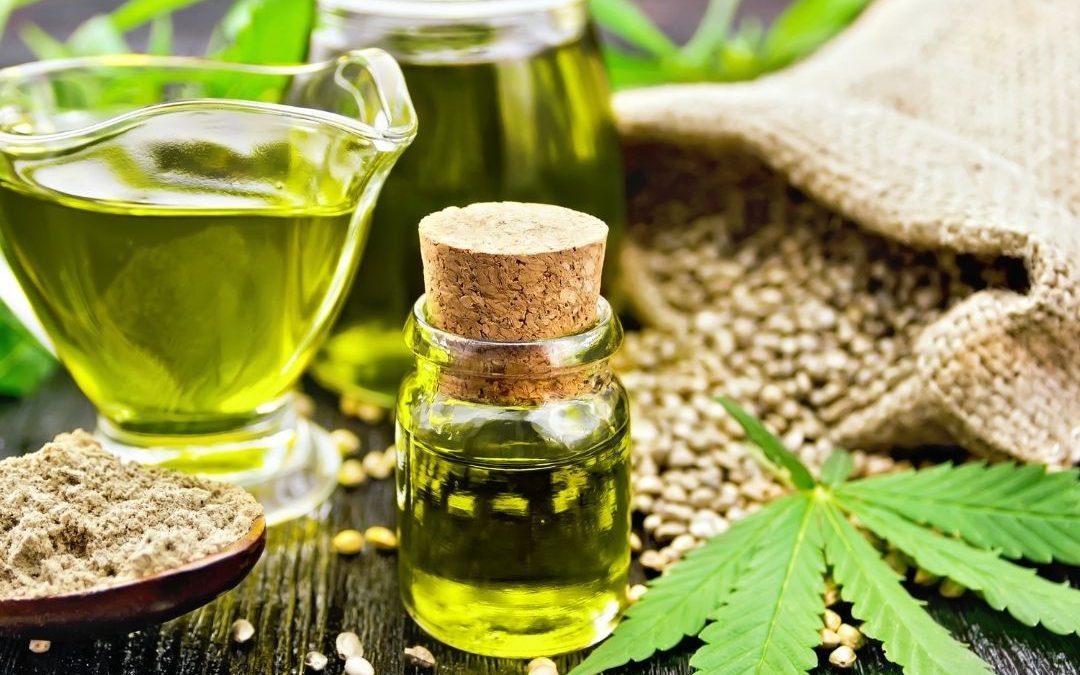
You might be asking “What is Hemp?” Hemp holds a plethora of uses for day-to-day life. The total acreage for hemp has surpassed 400,000 acres. 87% of the hemp grown in the US was planted for the purpose of CBD extraction. Now, let’s take a deeper look into the history, legality, and uses of hemp today.
What is Hemp?
There are many different varieties and strains of the cannabis plant. Hemp is the non-psychoactive strain of the cannabis plant. Hemp comes from the same cannabis species as marijuana, but distinctively does not carry the same chemical makeup, hence the reason that it has no intoxicating effects.
The hemp plant can be grown as a rotation crop for farming. As the hemp plant grows it takes in CO2. This detoxifies the soil it is grown in and also prevents soil erosion. Any pieces or particles of the hemp plant that is left behind after harvesting provide valuable nutrients for the soil.
Hemp is used in making many products including CBD oil. CBD and the full hemp plant combined can be very useful in the human body. The human endocannabinoid system (ECS) is responsible for regulating many essential functions throughout the human body. However, certain ailments, such as stress, sickness, and exhaustion, can cause an imbalance in our endocannabinoid system. Hemp products can act on cannabinoid receptors to activate the ECS.
Hemp and hemp oil are not the same thing as CBD oil. The production of CBD oil uses the stalks, leaves, and flowers of the hemp plant, which contain a higher concentration of CBD, another potentially beneficial compound in the plant. Hemp seed oil comes from the small seeds of the Cannabis sativa plant. The seeds do not contain the same levels of compounds as the plant itself, but they still have a rich profile of nutrients, fatty acids, and useful bioactive compounds.” Hemp oil still contains trace amounts of CBD and other cannabinoids, but you are guaranteed less than .3% THC. In fact, the oil from hemp seeds has many health benefits in addition to those found in CBD and other cannabinoids. Hemp seeds contain many nutrients and vitamins. Two tablespoons of hemp seeds are packed with protein, calcium, zinc, folate, and other beneficial nutrients, as well as vitamins A, C, E, and some B vitamins. Research indicates hemp supports skin, brain, and heart health. Medical News Today reports that full-spectrum hemp oil contains even more effective compounds with even greater health benefits.
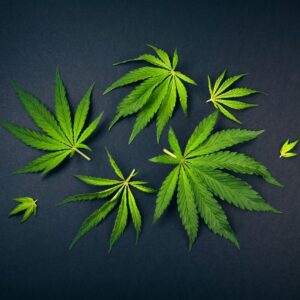 What is the difference between hemp plants and marijuana plants?
What is the difference between hemp plants and marijuana plants?
The major difference between hemp plants and marijuana plants comes down to their cultivation, use, and most importantly, the levels of the compound tetrahydrocannabinol (THC). THC is what causes the high that cannabis is famous for.
Hemp
Hemp is a term used to classify varieties of cannabis that contain 0.3% or less THC content. While the legal definition of hemp had not been completely legitimized until the 2018 Farm Bill Act had passed, hemp has generally been used to describe the non-intoxicating form of cannabis that is harvested for the industrial use of its derived products. Hemp has the capability to produce crucial resources such as food, rope, clothing, paper, housing material, and much more. Hemp can do a lot, but it can not get you high, like its close cannabis cousin marijuana. This is because hemp varieties contain virtually zero tetrahydrocannabinol (THC).
Hemp seeds and hemp oil made from compressed hemp seeds are extremely nutritious and trusted sources. They are rich in protein, fiber, and magnesium. Hemp seeds also contain fairly high levels of omega-3 and omega-6 fatty acids, which may help reduce inflammation and provide several other health benefits. Hemp also contains a variety of terpenes and flavonoids which can aid in protecting cells.
Cannabis plants that are cultivated for hemp production tend to grow tall, up to 20 ft, have skinnier leaves that are mostly concentrated at the top of the plant, grown very close to each other, and require minimal care under a variety of conditions.
Marijuana
Marijuana is a term used to classify varieties of cannabis that contain more than 0.3% THC. Cannabis plants that are grown primarily for their THC content tend to be short, fat bushes, with many branches, leaves that are tightly budded and require a controlled humid, warm environment to grow.
Marijuana has many different slang names, such as Ganga, Weed, Maryjane, and many others. There are hundreds of compounds in the marijuana plant. The most well-known being THC. THC binds to certain areas of the brain that control pleasure, pain, and time perception. This creates a euphoric and relaxed state for the user. There are many benefits that come in the marijuana plant, such as its anti-inflammatory properties, it may also aid in relieving anxious thoughts, and relief of discomforts.
 What is Hemp used for today?
What is Hemp used for today?
The Hemp plant can be used to make several things you might use daily.
Clothing and Fabric
As hemp requires little or no herbicides or pesticides to grow, it is safe on your skin. An acre of hemp will produce three times the amount of clothing as an acre of cotton. It has the potential to keep you cold in warm climates and warm in cooler climates. It has the capability of being up to four times warmer than cotton.
Paper and Ink
At the present time, we use trees to create paper. The problem is, trees take decades to grow. Hemp regenerates in a matter of months, and it makes a high-quality paper. Hemp paper is acid-free, meaning the paper won’t become brittle or yellow. While wood pulp paper can only be recycled three times, we can recycle hemp paper seven times.
Hemp oil is also the ideal base for non-toxic ink. It dries faster and needs less processing than soy ink.
Skin Care
Hemp seed oil is filled with vitamins A, C, and E, and it is also full of antioxidants, amino acids, and fatty acids. As you might already know, all of the above are essential components of having healthy skin. Hemp oil can potentially help reduce acne and clear pores. Hemp oil even has some anti-aging properties.
CBD
The majority of hemp plants today are used to make CBD. The reason being, because hemp can be cultivated to provide a large amount of CBD.
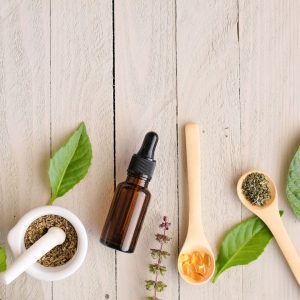 CBD derived from Hemp
CBD derived from Hemp
CBD can be sourced from both cannabis and hemp plants. However, since CBD products are either free of THC or contain minimal traces of it, many prefer hemp-derived CBD products. High-quality CBD products derived through hemp extraction are popular and very widely sought after.
There are two primary methods for extracting CBD efficiently. Each method presents distinct benefits in creating a high-quality, CBD product.
Carbon dioxide is a versatile gas with many commercial uses. The CO2 method uses the gas in its normal state as well as in supercritical liquid form. Through the use of a pressurized chamber, CO2 gas is compressed until it becomes a liquid. The liquid is forced over the hemp material where it strips away cannabinoids like CBD. The entire solution is brought back to temperatures and pressures at which the CO2 reverts to gas and evaporates, leaving behind only the CBD extracted from the hemp plant material.
The solvent extraction process is similar to using CO2. However, it is a notably faster and cheaper process. Butane ethanol and propane are also popular solvents for the extraction process. This method also uses the liquid form of these solvents to force over the hemp, releasing the CBD, other cannabinoids, and terpenes. The solvent then has to be carefully heated or cooled to separate the solvent from the extracted compounds without causing damage to them. The main drawback of solvent extraction is that some solvents may cause impurities in the product.
A hemp-derived CBD provider can produce CBD oil from hemp extraction that ranges from full-spectrum CBD to a CBD isolate. Anyone looking for a source of top-quality hemp-derived CBD products is best served by finding an online vendor that offers a variety of pure CBD oil and other products derived from hemp extraction that range from full spectrum to CBD isolate.
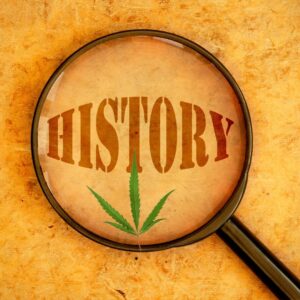 The History of Hemp
The History of Hemp
The history of hemp dates back thousands of years. It was harvested by the Chinese at least 8,500 years ago. The cultivation of hemp for its fibers was first recorded in China, 2800 BCE. Hemp is one of the oldest sources of textile fibers. Hemp originated in Central Asia. It then made its way to the Meditteranean-European countries. In the Middle Ages, hemp spread throughout the rest of Europe and in the 1500s, it was brought into South America. Finally, in the early 1600s, it arrived in North America. In its earliest days, hemp was primarily harvested for use of its fibers in rope and cloth.
Hemp flourished in the US between 1840 and 1860 due to the demand for cloth used for sails and cordage. From the end of the Civil War through 1912, basically, all of America’s hemp was grown in Kentucky. During World War I, it grew in many states across the US. Hemp was among the most popular textile fiber plants. It was described as “the king of fiber-bearing plants.” The popularity of hemp continued until 1938 when the Marijuana Tax Act was passed. This halted the growth of hemp in almost all of America.
The fibers of the hemp plant are deeply woven into American history. Thomas Jefferson grew hemp crops at both of his plantation homes, Monticello and Poplar Forest. George Washington, along with many of America’s other founding fathers were legally bound to grow the plant during the Colonial Era. The first American flag, sewn by Betsy Ross, was made of hemp cloth.
In 2013, after more than 80 years, an American flag sewn from hemp cloth was flown over the Capitol during the July 4th celebration. While growing industrial hemp was still banned by Federal law in 2013, it had recently become legal in Colorado, where the flag was manufactured.
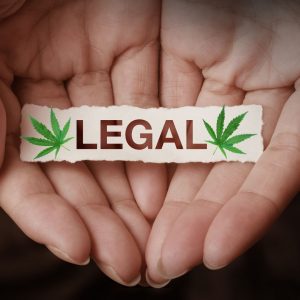 The Legalities of Hemp
The Legalities of Hemp
The 2018 Farm Bill was passed into law by President Trump. This bill provides important agricultural and nutritional policy extensions. Hemp defined in this legislation cannot contain more than .3% THC (the compound in the plant most associated with getting a person high). For many years federal law did not differentiate hemp from other cannabis plants.
The 2018 Farm Bill made hemp legal in all 50 states but noted that there would be shared power with individual states over hemp cultivation and production. Hemp must be grown in USDA Approved facilities, and licenses are required. The bill allows the transfer of hemp and hemp-derived products across state lines for commercial and other uses. While it also puts no restrictions on the sale, transport, or possession of hemp-derived products.
To be on the safe side of things, you should always check your state laws regarding hemp and hemp-derived products. Most state laws vary on this topic and can change from time to time. There are also many different hemp-derived products and their content of THC can vary as well from state to state.
Is hemp good for you?
Hemp products are one of the most popular herbal remedies on the market today. Hemp products will not work as a cure-all, and it is important to understand the actual potential benefits of using them. By understanding how the substances in hemp can help with many ailments, individuals can make informed decisions regarding buying hemp products.
Adding enough healthy fat to your diet is of utmost importance for keeping your heart and cardiovascular system healthy. Hemp seeds are particularly rich in these healthy fats, including omega-3 and omega-6 fatty acids. Both of these fats are known for improving heart health by reducing cholesterol, blood pressure, and triglycerides. Adding hemp oil to your diet will give you many benefits in the future.
The vitamins, minerals, and nutrients in hemp can provide some significant benefits. Hemp oil is rich in vitamin E, which is useful for helping keep your immune system functioning. It also acts as an antioxidant, helping reduce free radicals that can cause cell damage in your body.
